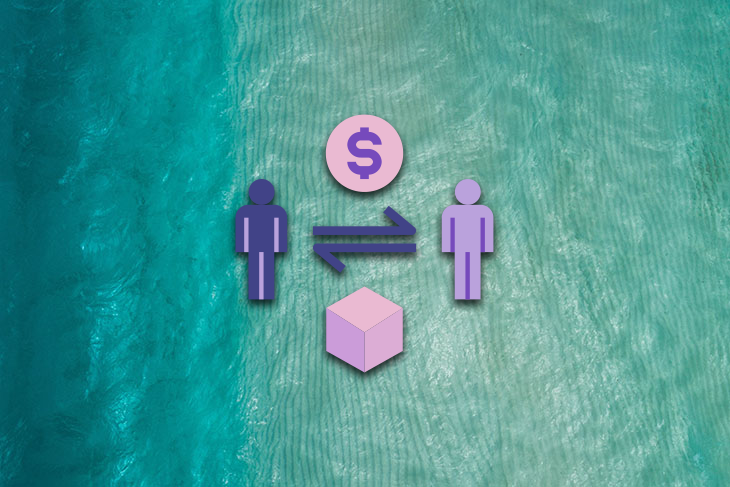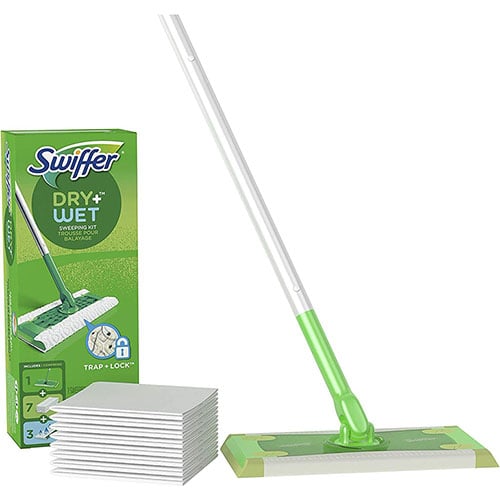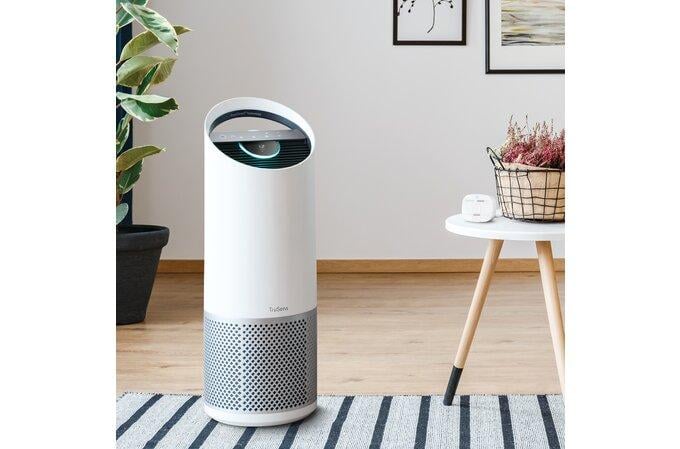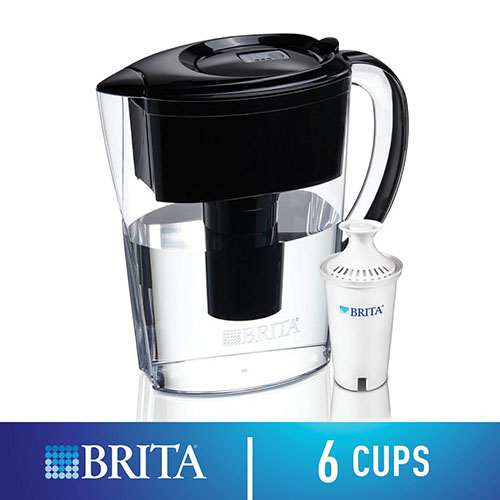When you go to the supermarket to buy a coffee maker, you also need to buy coffee beans to make the coffee. Without buying the beans, the coffee maker would be just another machine lying on your kitchen counter.

Similarly, when you buy an Xbox, you will have to spend money on a few games. Without it, it would be a useless box of metal occupying space in your house.
These are all perfect examples of captive product pricing. In this article, we’ll go into detail about captive product pricing, how it works, its benefits, how tech and SaaS companies use it, and more.
A lot of the time, customers have to make additional purchases to use the original product they bought. Since the parent companies are well-aware that customers have to buy complementary products or accessories compatible with the core product, they set the accessories at a premium price.
This pricing strategy — to have the same customer invest further into accessories to utilize the core product fully — is called captive product pricing.
Unusually, the core product is a one-time purchase and the accessories can be purchased over and over again. In some cases, the accessories that customers need to buy are only sold by the same manufacturer. Companies are, in this way, guaranteed additional purchases from the same customers who bought their core product.
Customers will definitely buy accessories if the core product they bought cannot work without them. Logically, this strategy helps boost the sales and profit margin.
There are many products in the market that use a captive product pricing strategy — some of which you probably use in your own home. Let’s look at some of the examples in detail.
You may use cleaning products, like carpet or floor cleaners, that require you to purchase a core product (a one-time investment) and also buy refill pads to use it. Swiffer is one such example in this category.
Swiffer has a starter kit with a mop and works with either dry or wet pads, according to your needs. It works by attaching the pads to the mops, and once the cleaning is done, the pads are thrown away. Although it needs frequent additional investment in the refills, it is easy to use and the cleaning is fast and mess-free.
Due to these advantages, it’s worth it for customers to buy refills:

Air purifiers are another example of captive product pricing. Many people experience annoying allergy symptoms due to dust, pet dander, or other common irritants.
Air purifiers come with a fan and a filter. They improve the air inside the house by reducing airborne allergens like pollen, mold spores, smoke, pet dander, and more. When you buy an air purifier, it comes with a filter…but you have to replace the filter after a couple of months of use.
These HEPA filters are manufactured to be compatible with certain models of air purifiers. An air purifier can use only the specific filter manufactured for it. And without a filter, an air purifier would just be a fan and won’t actually trap the dust and pollen-like particles. Hence, it is another excellent example of captive product pricing:

A water pitcher is a product that almost everybody has in their house.
When you buy a water pitcher with a filter, it helps purify the water in the pitcher. Brita is a common brand that sells these water pitchers with filters.
Without the filter, the water pitcher would just be, well, a pitcher. It wouldn’t filter water from its impurities. Once you buy this core product (that usually comes with one filter), you’ll need to replace the filters every 3–4 months. The Brita pitchers will even tell you when you need a refill!
This strategy makes the customers keep on purchasing the filters as long as they have the pitcher:

For SaaS products, companies offer a core product at a lower price and charge more for additional functionality. The core products are usually either free or have a small, basic cost involved. The idea here is to give access to basic functionalities, demonstrating the value the product can offer. They also generally display advanced functionalities, enticing users to upgrade their subscriptions.
Selling core products at a basic, minimum price is an excellent way to attract customers and build brand loyalty. At the same time, companies get an opportunity to showcase advanced features, leading to upselling expanded functionality.
One example of this would be software for product managers to create product roadmaps. The product has a free trial period, and as a product manager, this free trial product can be used to create a basic product roadmap. But, if you need complex prioritization techniques, then you will need to buy a subscription.
A tiered pricing model is an example of a captive product pricing strategy. Many SaaS products follow this model. It allows the companies to offer multiple plans or packages at different price points based on the features available in each plan. The number of packages offered can vary a lot from company to company, but usually low, middle, and high price point packages are offered.
The key point to note here is that the core product needs to be functional and valuable when sold by itself in a SaaS business. They still allow the users to upgrade their subscription if they want to use advanced features but can function well on their own.
Now that we understand captive product pricing, let us deep-dive into the benefits of following this type of pricing strategy. Companies can benefit in numerous ways by following this approach. We’ll go into detail below.
Companies can increase their revenue by selling accessories or complementary products at a premium price. If customers need it, they’ll continue to buy it.
If the core product can only use specific accessories or complementary products from the same company, consumers are less likely to buy alternative, cheaper products. This reduces competition and keeps customers from switching to another brand.
Once customers buy a core product, they are bound to buy its accessories to make it functional. Similarly to how it keeps competition under control, since they have already invested in the core product, these customers will probably not switch over to an alternative product.
Companies can analyze the usage patterns of complementary products and predict, to an extent, the demand in the near future. This makes it easier to create a product that matches demand, leading to less waste and more control over the products available in the market.
Consumers will be willing to invest in accessories if the combination of accessories and the core product provides a good solution that actually addresses their pain points. This helps in enhancing the brand image of the product since people know the core product and accessories meet their needs.
It is crucial to note here that sometimes captive product pricing can also become frustrating to customers. We’ve all been there, it’s easy to feel that the complementary products are too expensive to buy every time just to use the product. Therefore, companies must carefully decide on product pricing when using this strategy.
A captive product pricing strategy is an excellent approach to increase revenue and loyal customers, as well as reduce competition. Before you go ahead with this strategy, it is important to understand the associated risks as well.
Over time, the repeated purchase of complementary products may lead to frustrated and unsatisfied customers. Based on the value delivered by the combination of accessory and core product, the customer should be willing to invest in accessories repeatedly.
Companies should continue to offer innovative and upgraded accessories to attract existing users for repeated investment. This can spark excitement among the users to try new accessory products that are still compatible with their core product.
Overly-priced accessories can lead to a loss in sales and eventually hurt the brand image, hence why accessories must not be priced higher than the core price. In this case, customers can lose trust and will not be willing to invest in the brand anymore. They might perceive the company itself as greedy or unethical.
To decide if captive product pricing is the right strategy for a product, several factors need to be thoroughly examined. Let’s take a look at these factors:
A detailed evaluation of these factors can help to determine if a captive product pricing strategy is right for a particular product.
If you have the right combination of core and accessory products, a captive product pricing strategy can be a great tool to build loyal customers and increase revenue. However, it is equally important to execute the captive product strategy correctly — and with careful consideration — to reap its full benefits.
Featured image source: IconScout

LogRocket identifies friction points in the user experience so you can make informed decisions about product and design changes that must happen to hit your goals.
With LogRocket, you can understand the scope of the issues affecting your product and prioritize the changes that need to be made. LogRocket simplifies workflows by allowing Engineering, Product, UX, and Design teams to work from the same data as you, eliminating any confusion about what needs to be done.
Get your teams on the same page — try LogRocket today.

Most teams fail at autonomy. Learn how clear rules help product teams move faster without micromanagement.

A practical framework for PMs to use AI in ideation without sacrificing judgment, strategy, or decision quality.

A practical five minute revenue estimation method to help product managers compare ideas, drop low impact features, and prioritize smarter.

A practical guide for PMs who want to stop being bottlenecks, delegate smarter, and lead teams effectively with a clear ownership framework.